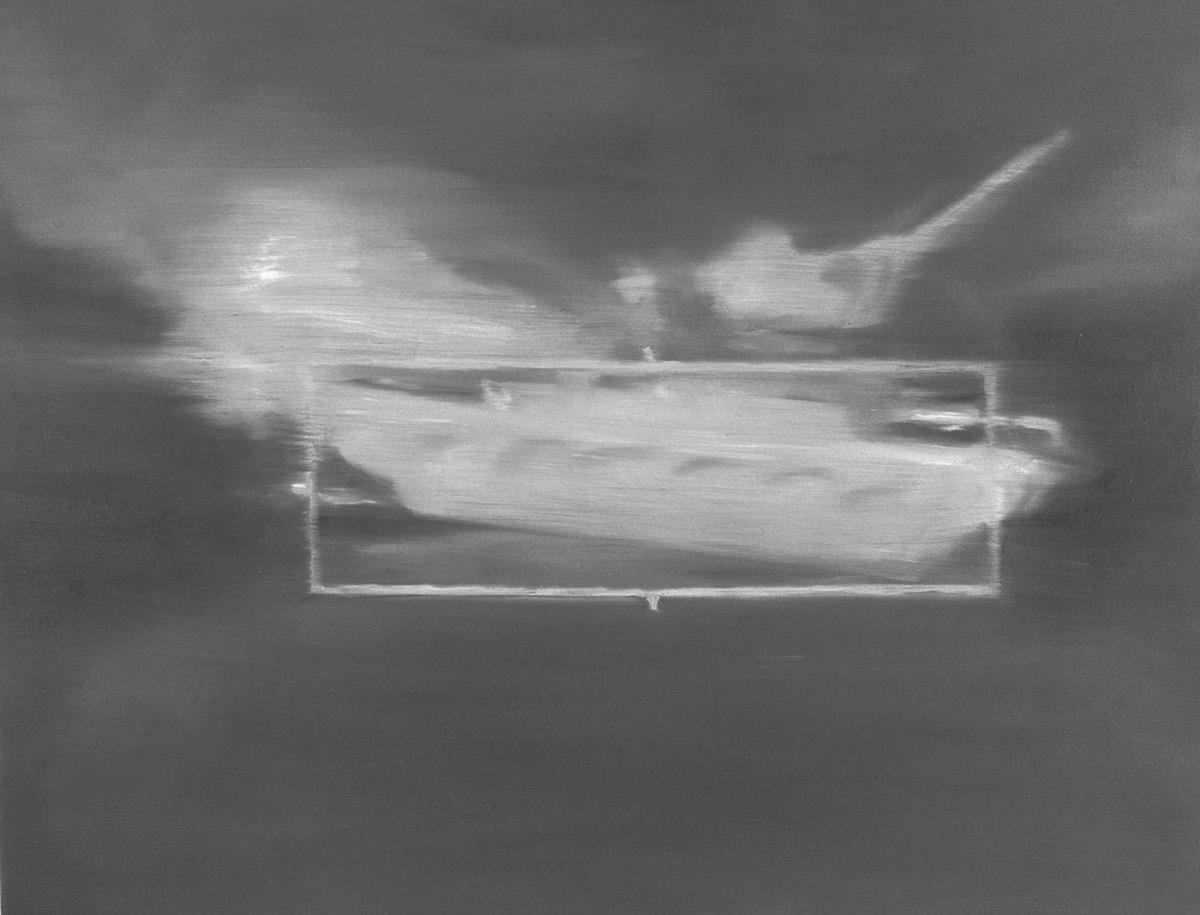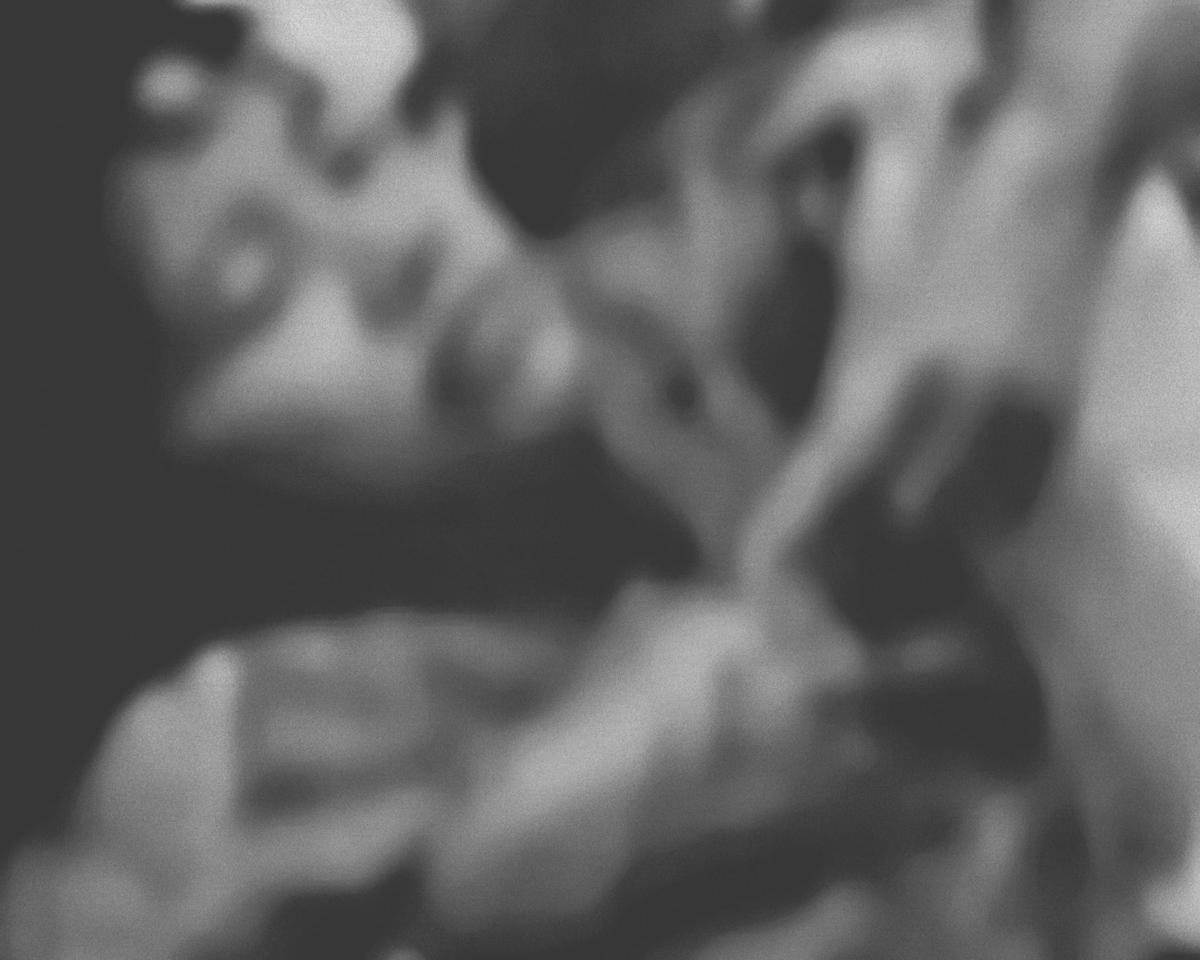
New York
Image War: Contesting Images of Political Conflict
Whitney Museum of American Art
City University of New York
May 19–June 25, 2006
After the first Gulf War, the French philosopher Jean Baudrillard notoriously asserted that that the conflict hadn’t really happened. The carefully filtered and packaged set of media images that emerged from that war and circulated, constituted a sanitized simulacrum of the conflict, emphasizing the spectacle of US military technology rather than the devastating human toll of war. The result was a war experienced by most as, literally, an “image war,” an unrelenting nonstop feed of images that became banal and lulled viewers into an apathetic stupor. In the intervening years, the stakes have risen dramatically, as increasingly sophisticated digital technology has transformed the media, making it easier and faster to capture, process, distribute, and consume information. Image War: Contesting Images of Political Conflict, organized by the 2005–2006 curatorial fellows of the Whitney Museum’s Independent Study Program, brings together recent work, in various media, that reflects on the contested status and complex circulation patterns of images of conflict and violence, both historical and recent, in the contemporary digital mediascape.
Joy Garnett’s Kill Box (2001) recreates in paint one of the high-tech visual representations that defined the first Gulf War; palette and smear are carefully manipulated to approximate the surreal color and digital blur of night vision and remote targeting technologies. Painting’s unique qualities of surface and gesture allow a human element to enter a cold and remote digital image of destruction. In Amar Kanwar’s Ma Win Maw Oo (2005), the viewer’s experience of an iconic image of the pro-democracy struggle in Burma — once familiar, now forgotten — is extended through digital animation. A combination of measured pace, soft focus, and slow pans and zooms make the photograph breathe, literally bringing it back to life. Jon Haddock’s Screenshot Series (2001) recasts photographs emblematic of the Vietnam War — General Loan executing a Vietcong, napalmed children fleeing a village, the self-immolation of a Buddhist monk — in the isometric perspective of The Sims video game. This shifting of perspective frees the space and time of the original historical moment, long fossilized in photographs.

Haddock’s remediation also points to the widespread cooptation of images of violence and conflict into forms of entertainment. The often historically inaccurate, even “feel-good,” heroism and courage that characterizes representations of US military endeavors in Hollywood films is critiqued in RSG’s Black Hawk Down (RSG-BLACK-I) (2005); the film is re-edited to remove every frame with a white person. This removal of the erstwhile protagonists transforms the film from a valorization of the US military into a portrait study of the Other as imagined by Hollywood: Somalis as shadowy warlords, vicious hordes, and abandoned children. Dinh Q. Lê’s Persistence of Memory #14 (2000–01) also draws on Hollywood imagery, literally weaving together an obscure black and white news photograph, possibly from a Vietnamese source, and a recognizable color image from Apocalypse Now, to produce a single image that conveys the two contrasting national experiences of the Vietnam conflict. The juxtaposition points up the close relationship between these two media forms; the almost spectral news image seems to haunt the bombastic Hollywood still.
Johan Grimonprez’s Dial H-I-S-T-O-R-Y (1997) uses a comparable strategy, appropriating and remixing archival footage related to the modern phenomenon of airplane hijacking. A voiceover consisting of excerpts from Don DeLillo’s novels Mao II and White Noise adds a first-person narrative revealing the complex psychologies behind such actions and complicating the simplistic view of terrorists as categorically evil. The historical depth and geographical breadth of his sources suggests that, contrary to post-9/11 assumptions about radical Islamism, hijacking has a long and checkered history and emerged as a strategy of violent protest against authoritarian state structures in the context of a global radical leftist movement.
A reliance on images of past violence to mount oblique critiques of present geopolitical crises is a strategy commonly adopted by contemporary “political” artists who fear their work will be prematurely dismissed as literal or agitprop. However, it also suggests, ominously, that the state’s attempt to control, directly and indirectly, the capture and circulation of images of war horrors has been successful (barring the occasional leak, as in the case of Abu Ghraib). The lack of real action in An-My Lê’s photographic series 29 Palms — tranquil black and white images of marines training for conflict in Iraq and Afghanistan in the Mojave Desert — approximates the type of war coverage allowed by the state and highlights the efficacy of state censorship. Lê created this series in lieu of actual images of conflict after being refused embedded status in Iraq. In a different geopolitical context, Coco Fusco mounts a symbolic but ultimately futile gesture of protest in Dolores From 10 to 10 (2002), recreating “lost” surveillance footage of the illegal twelve-hour detention of a factory worker in Mexico by her employers, held on suspicion of union organizing.
In their recent book, Afflicted Powers: Capital and Spectacle in a New Age of War, the activist collective Retort asserts that the present moment allows for and demands that resistance to state control over the image be waged at the level of spectacle. These works are critical, but they lack the scale and grandeur to reach out; they lack the rawness, potency, and immediacy of Thomas Hirschhorn’s recent exhibition Superficial Engagement, for example,which inundated and overpowered the viewer with horrific and graphic images of the mangled bodies of Iraqis, forcing audiences to bear witness to the true atrocities of an unjust imperial war.